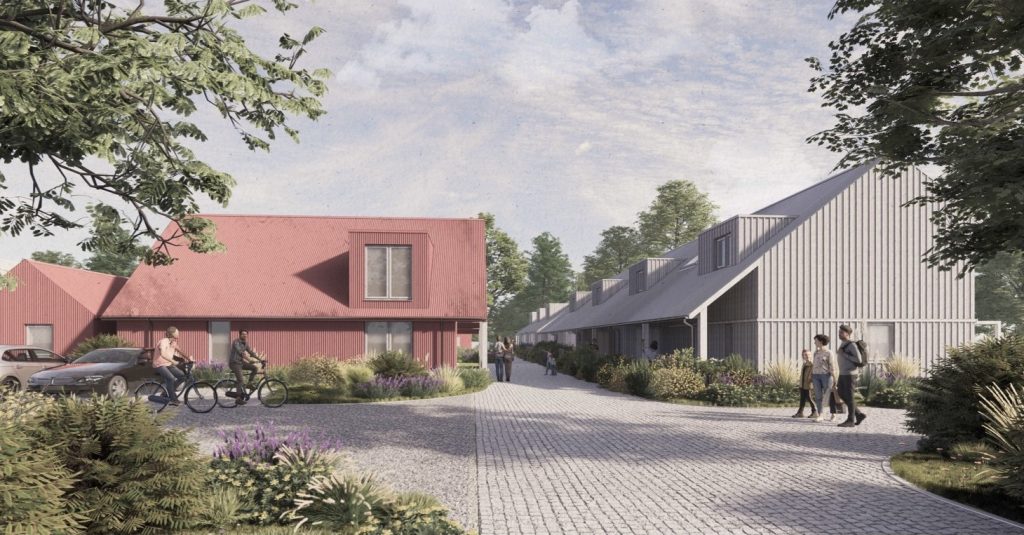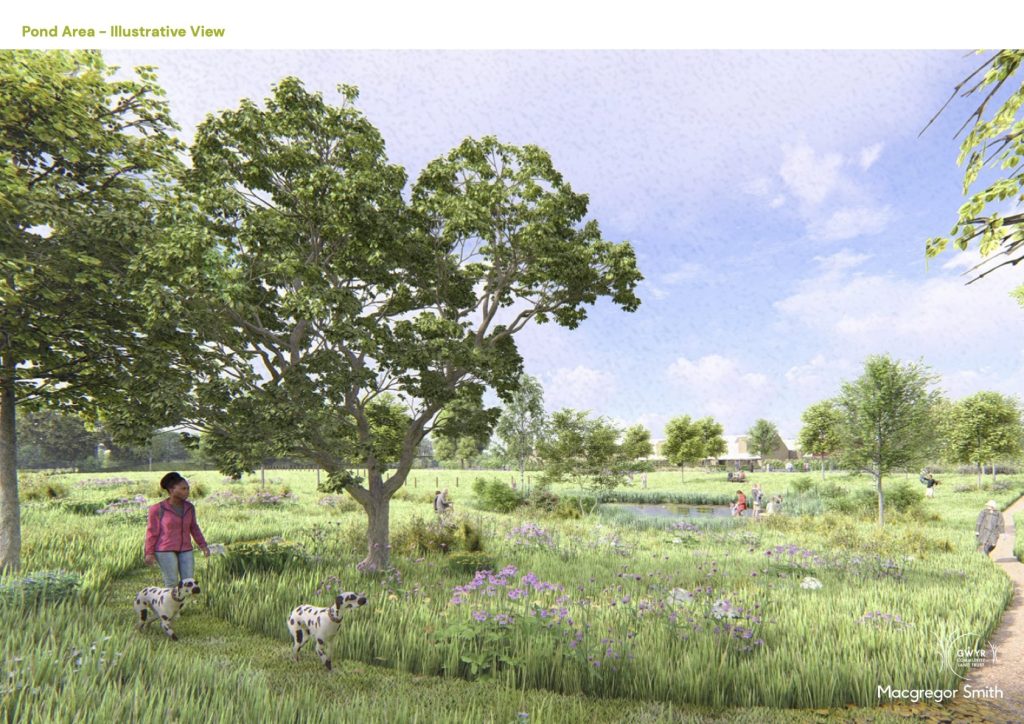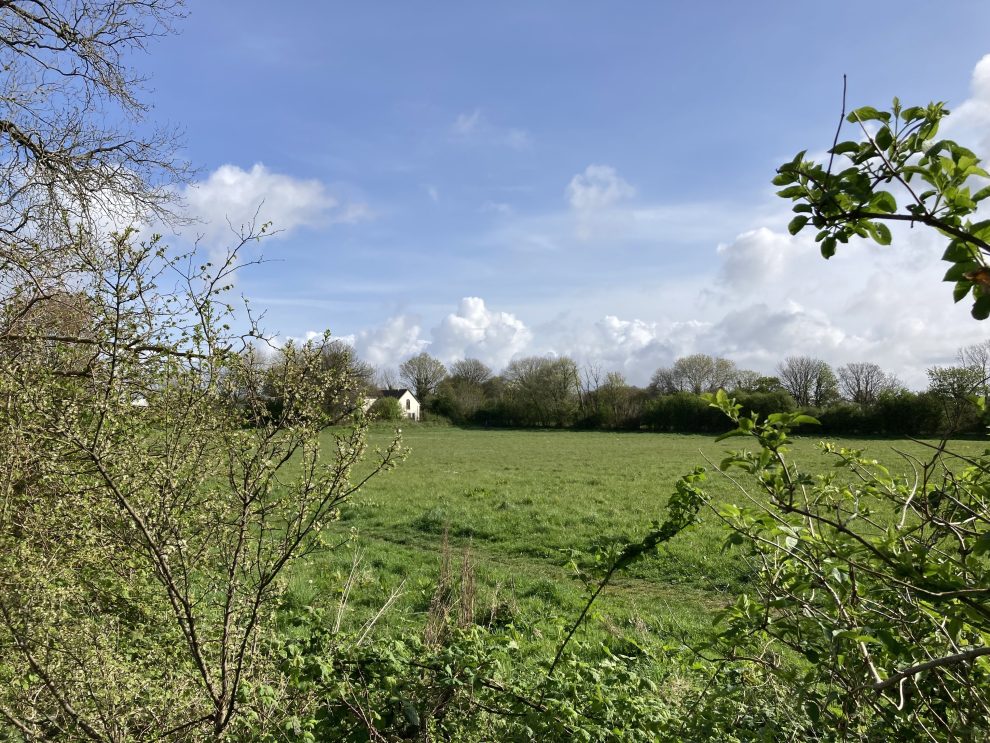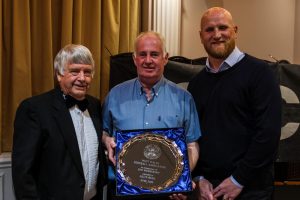A GROUP which wants to create a farmstead-style community for people in Gower has had its plans turned down.
Gwyr Community Land Trust said its proposed development in a field off South Close, Bishopston, would help address a severe shortage of affordable homes and that it would ensure they’d remain affordable in perpetuity.
Objectors queried the perpetuity assertion and were worried, among other things, about the loss of green space which provided a buffer between Bishopston and Murton to the east.

The trust said its 14 homes would be allocated to members of the group who were unable afford suitable open market housing and who had a connection to Bishopston or neighbouring Pennard, Fairwood, Mumbles, Mayals and West Cross.
The development would include a common house with shared facilities and two guest bedrooms, car and cycle parking areas, a barn, polytunnels and a community garden for growing food, plus a community orchard, pond, woodland, and a retained public right of way.
The trust would be the freeholder of the six-acre site, with residents buying up to 65% of the long-term leasehold of their property.
Residents would help build their homes once the frame and roof was up and, in doing so, accrue a proportion of the leasehold through so-called “sweat equity” based on the number of hours they committed to it.
The shared-ownership model would mean they’d have a mortgage and also pay rent to the trust.
Adam Land, a board member of the trust who hopes to move into one of the new homes with his partner and two children, said it was appealing Swansea Council’s refusal decision.

Describing the co-operative living concept, Mr Land said: “I don’t think what we have proposed is particularly radical historically. We want to recreate aspects of village life that has been lost in a lot of areas.
“A big thing for us would be growing food. But it’s not about everybody eating all their meals together.”
The 33-year-old added: “The application was very thorough. Our professional teams were shocked we’d need that level of information for 14 homes.”
Mr Land said he’d had to move out of Bishopston and was now in a rental property around three miles away in West Cross. He said just under 20 adults and children have been earmarked for 11 of the 14 one to three-bedroom homes.
The trust submitted dozens of reports and drawings to the council, including a 110-page design and access statement which described how the “farmstead-like cluster of buildings” gave the development character and identity.
The south-facing timber-clad homes would have corrugated tin roofs, solar panels and be virtually zero carbon in terms of emissions, with heating likely to come from a communal ground source heat pump.

The field in question is just outside the Gower National Landscape – formerly the Gower Area of Outstanding Natural Beauty – and one of several sites in Bishopston the trust said it looked at. The field was considered the only viable option because of the landowner’s willingness to sell, according to the design and access statement, and needed to be in Bishopston rather than another area of Swansea because that’s where its members lived, worked or were connected to.
The plans said around 70% of the site, which at one time hosted a market garden, would become accessible for the wider community – far more than currently. The documents included an allocations policy, including a definition of local connection, an affordability policy, and a proposed legal agreement agreement between the trust and the council to ensure the homes remained affordable.
The council’s planning department, which considered 314 letters of objection and 88 in support, said the field was within the settlement of Bishopston and Murton but offered “valuable ecosystem services” that helped preserve the two villages’ identities and should be protected from development.
Planning officers noted the scheme’s various environmental benefits and scope for food production, but said the applicants had not demonstrated an overriding need to locate it on the high-quality agricultural land in question.
Officers went on to say affordable housing was welcomed but that the proposal put forward did not meet the relevant definition because the trust wasn’t associated with any registered social landlord. Highways officers raised concerns about the impact of traffic from the site on the South Close-Bishopston Road junction.
The trust had submitted an appeal for non-determination of the application within the prescribed eight-week period, but the council was allowed to determine it in the following four weeks. The appeal against the refusal decision will be decided by the Welsh Government’s planning and environment decisions Wales (PEDW) body.
Bishopston councillor Lyndon Jones welcomed the refusal. He said he supported affordable housing but that the field in question was not the right place. “My reason is that it is vital we protect this green space, which is the buffer between the communities of Murton and Bishopston and is crucial in maintaining the separate, rural character of each village and any building there, would blur the boundaries between these settlements, contributing to urban sprawl,” he said.
A resident of South Close, who asked not to be named, said everyone he knew backed the trust’s concept of co-operative, low-carbon housing but that if the project went ahead it would set a precedent for green space which should be protected being lost. “If it is approved by PEDW, people would be more fearful of eco groups than commercial developers,” he said.
A petition in support of the trust’s project on a website called 38 Degrees was signed by 977 people, and Mr Land said the trust would be doing everything it could to fight the refusal decision.
“We believe that communities, and especially those who are themselves in desperate housing need, have a crucial role to play in tackling the housing crisis in their own area,” he said.
















